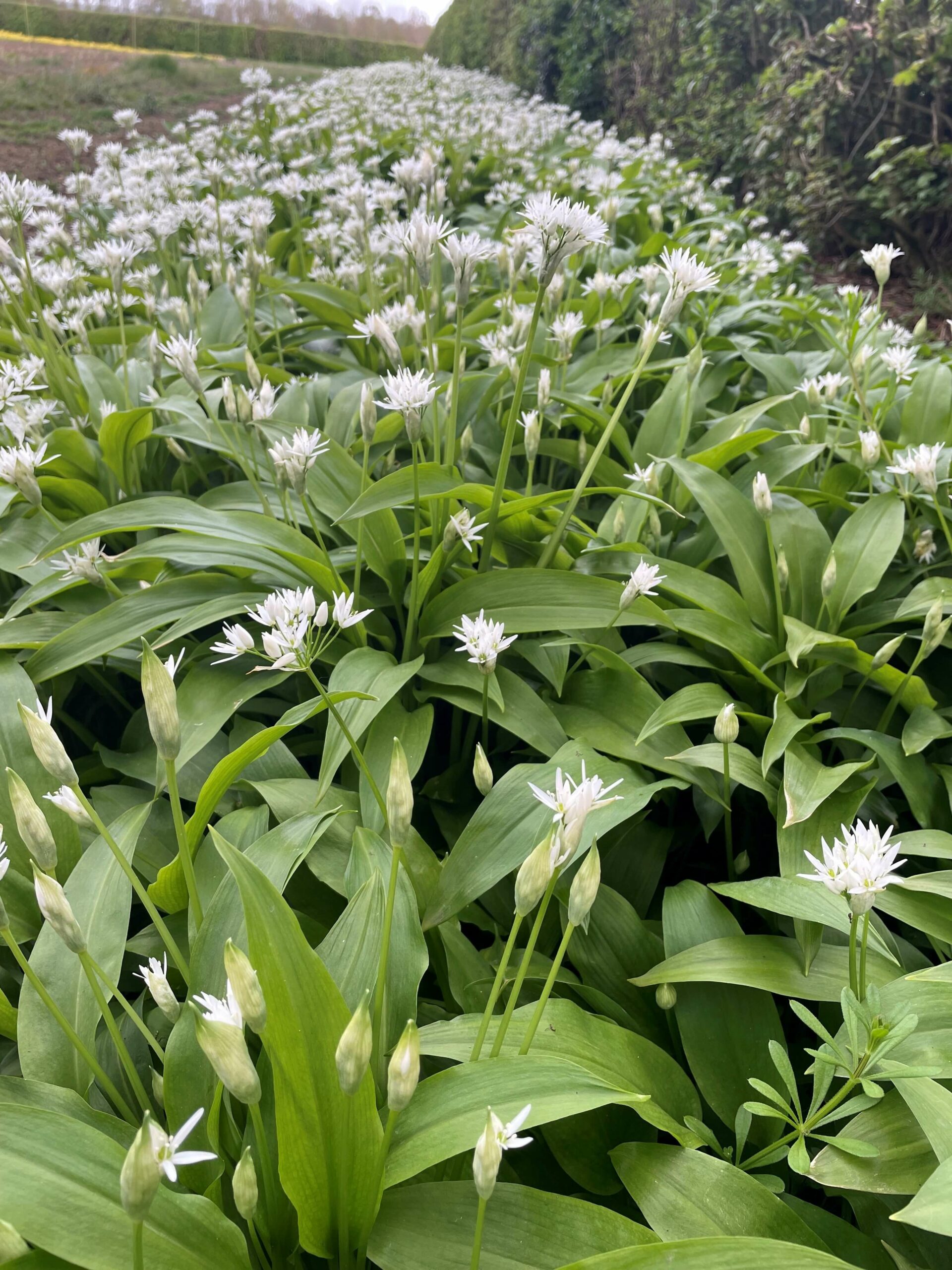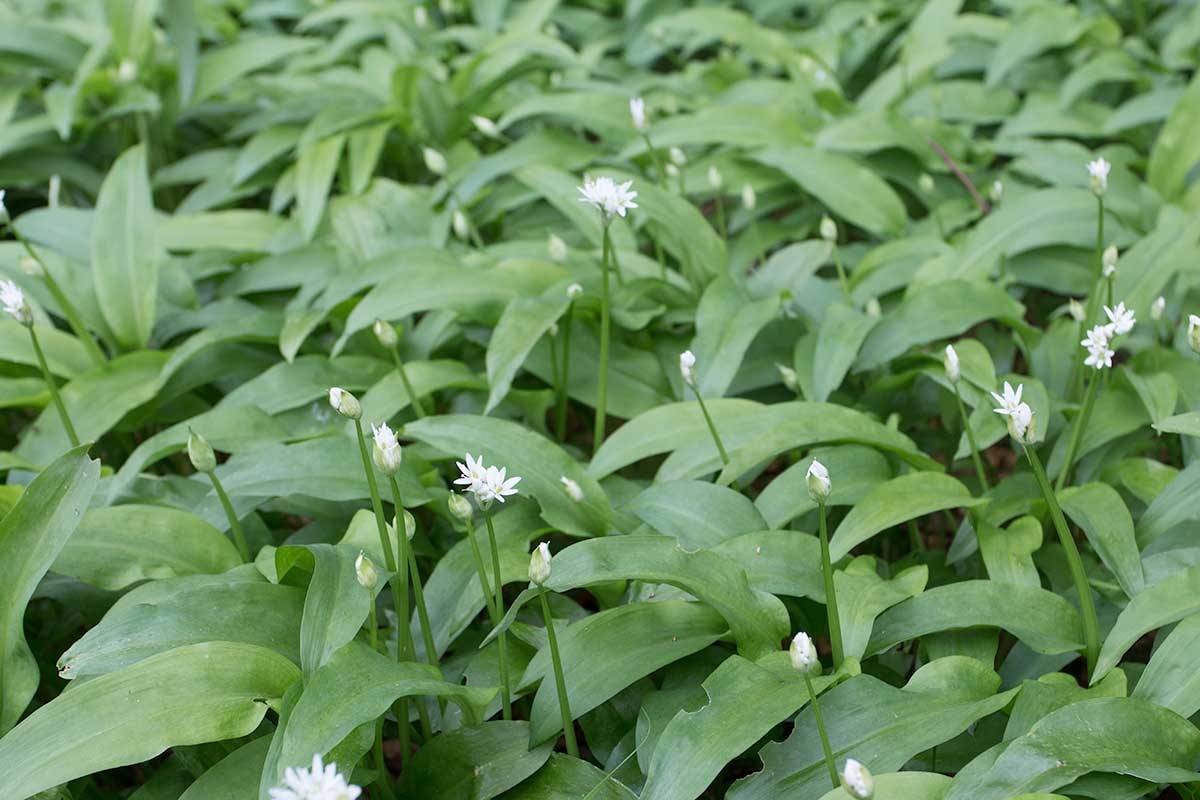Wild garlic, also known as ramsons or bear’s garlic, is a perennial herb that belongs to the Allium genus, which also includes onions, garlic, leeks, and shallots. It is native to Europe and Asia, but has been naturalized in many other parts of the world. Wild garlic is a highly sought-after plant for its strong, pungent flavor and aroma, which is similar to that of cultivated garlic.
Physical Characteristics
Wild garlic plants have a bulbous base that produces a single, slender stem that can grow up to 60 centimeters tall. The leaves are long, narrow, and lance-shaped, with a glossy green color. The flowers are small and white, and are arranged in clusters called umbels. Wild garlic blooms in late spring or early summer, and the flowers are followed by the development of small, round fruits that contain black seeds.
Habitat and Range
Wild garlic thrives in moist, shady areas, such as woodlands, forests, and meadows. It is often found growing in large patches, and can be quite invasive in some areas. The plant is native to Europe and Asia, but has been introduced to many other parts of the world, including North America, Australia, and New Zealand.
:max_bytes(150000):strip_icc()/Wild-Garlic-Landing-Page-58a710e53df78c345b6cdb0e.jpg)
Culinary Uses
Wild garlic is a versatile herb that can be used in a variety of dishes. The leaves can be added to salads, soups, stews, and sauces, while the bulbs can be used as a substitute for cultivated garlic. Wild garlic has a strong, pungent flavor that can add depth and complexity to any dish.
Health Benefits
Wild garlic is rich in vitamins, minerals, and antioxidants. It is a good source of vitamin C, potassium, iron, and manganese. The plant also contains compounds that have been shown to have potential health benefits, such as lowering blood pressure, improving heart health, and boosting the immune system.
Harvesting and Storage

The leaves of wild garlic can be harvested at any time during the growing season, but they are best when young and tender. The bulbs should be harvested in the fall, after the plants have finished flowering. Wild garlic can be stored in the refrigerator for up to a week.
Conclusion
Wild garlic is a delicious and nutritious herb that can be enjoyed in a variety of dishes. It is a versatile plant that can be used to add flavor and aroma to salads, soups, stews, and sauces. If you are lucky enough to have access to wild garlic, be sure to try it out and see for yourself why it is so popular.
Additional Tips
Wild garlic can be confused with poisonous plants, such as foxglove and hemlock. It is important to be 100% sure of the identification before consuming any wild plants.








